Four faculty members have been awarded a $15,000 Environmental Protection Agency Grant for the development of pollinator gardens on campus and across the community.
The Butterfly Garden Advisory Committee is comprised of Government Professor Jeff Robb, Chemistry and Biochemistry Department Chair and Professor Dr.
Richard Sheardy, Herbarium Director and Biology Professor Dr. Camelia Maier and Chemistry and Biochemistry Senior Lecturer Cynthia Maguire.
Robb initiated the pollinator garden project, which is currently in Phase I of development.
Robb: “Pollinators are all different kinds of insects, and birds do some pollination, and bats. The monarchs are kind of a flagship species to get public attention.”
Maguire: “Everything we’re installing in these gardens…is native in this part of Texas. What that means is all the wildlife…in Texas have developed and coevolved with these plants, and they know how to use each other. When we plant things from somewhere else on the soil here, we’re taking away food and shelter that could have been available for our own wildlife, and that reduces the populations.”
Sheardy: “Initially we wanted to create the gardens just primarily as pollinator gardens. Then we saw the announcement about this particular grant program, and we started thinking that we could couple this project with other things that we’re doing, as far as civic engagement and outreach and water conservation. So we applied for the grant, and we got it. In May, our team will go to Washington D.C. and present what we’ve done and what we plan to do, and then we can apply for a second grant of $75,000 which will be used for the development of the north gardens.”
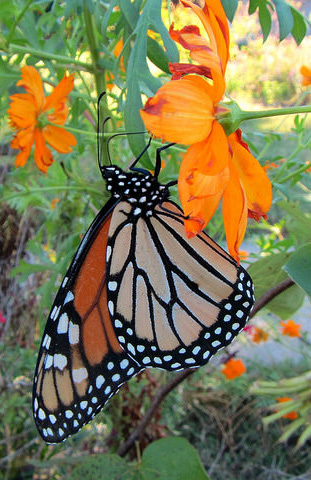
Robb: “The goal is to name the larger showcase garden after Dr. Bettye Myers.”
According to Robb, the Dr. Bettye Myers Butterfly Garden will feature an outdoor classroom, walkways and educational signage. An even more unique element of the project is its involvement in community outreach.
Sheardy: “We’re going to create a document of some kind on how people in the community can do this, and we’re also willing to go out and help them do it and help them pay for the plants with the grant.”
Robb: “There’s something called The Wheeler House, which is supported by a non-profit group called Serve Denton. It’s kind of transitional housing for women and young children. They want to do a butterfly garden, and we’ve started to work with them. Some of the guys from the Kappa Sigma fraternity have gone out there and we’ve had workdays.”
Student involvement is a critical element of the garden project as well. Many students, including student leaders Katelynn Floyd and Helen Derbew from the Roots organization, have made tremendous contributions.
Maier: “I think it was time for TWU to enhance the existing botanical gardens that we have with something that is more useful for our students in terms of hands on activities.”
Robb: “It ties in really nicely with the university’s QEP, quality enhancement plan, of ‘learning by doing.’”
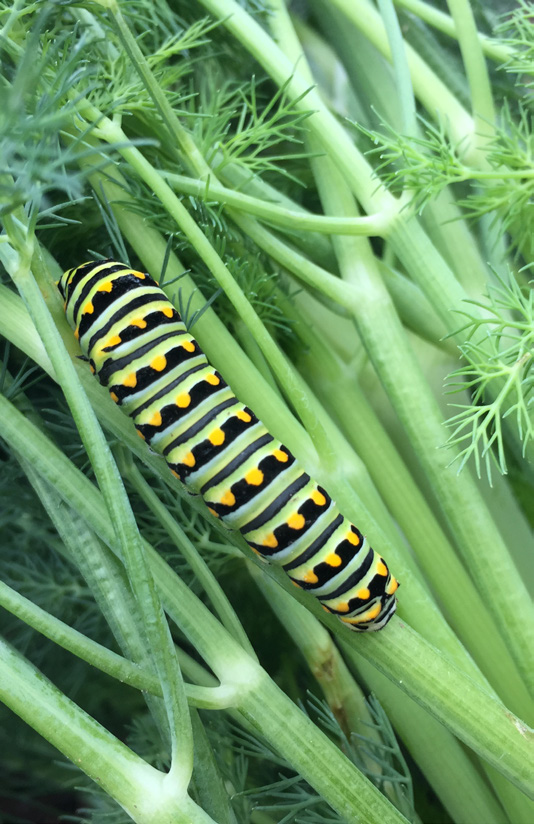
Maier: “We like organizations to adopt a whole plot or pieces of plot, and the more people we have the better. The two student leaders…are very good at organizing and supervising different groups of students.”
Maguire: “[The student leaders] are learning not just about the plants and the gardens themselves, but how to manage a project of this scale. They have been charged with going and finding what we’re going to plant and going and finding the volunteers for workdays… so that they actually get the big picture of how they might leave here and go do some other grand project.”
The Butterfly Garden Advisory Committee continues to encourage more individuals and student organizations to get involved.
Sheardy: “Even though our little footprint will be small, if everybody starts doing it, we’ll be able to increase the overall habitat.”
Robb: “I think often we feel overwhelmed. It’s kind of like “Its too big, I can’t do anything about it,” but you can do things like this and be part of the solution.”
A three-dimensional visual rendering of the forthcoming Dr. Bettye Myers Butterfly Garden can be viewed here

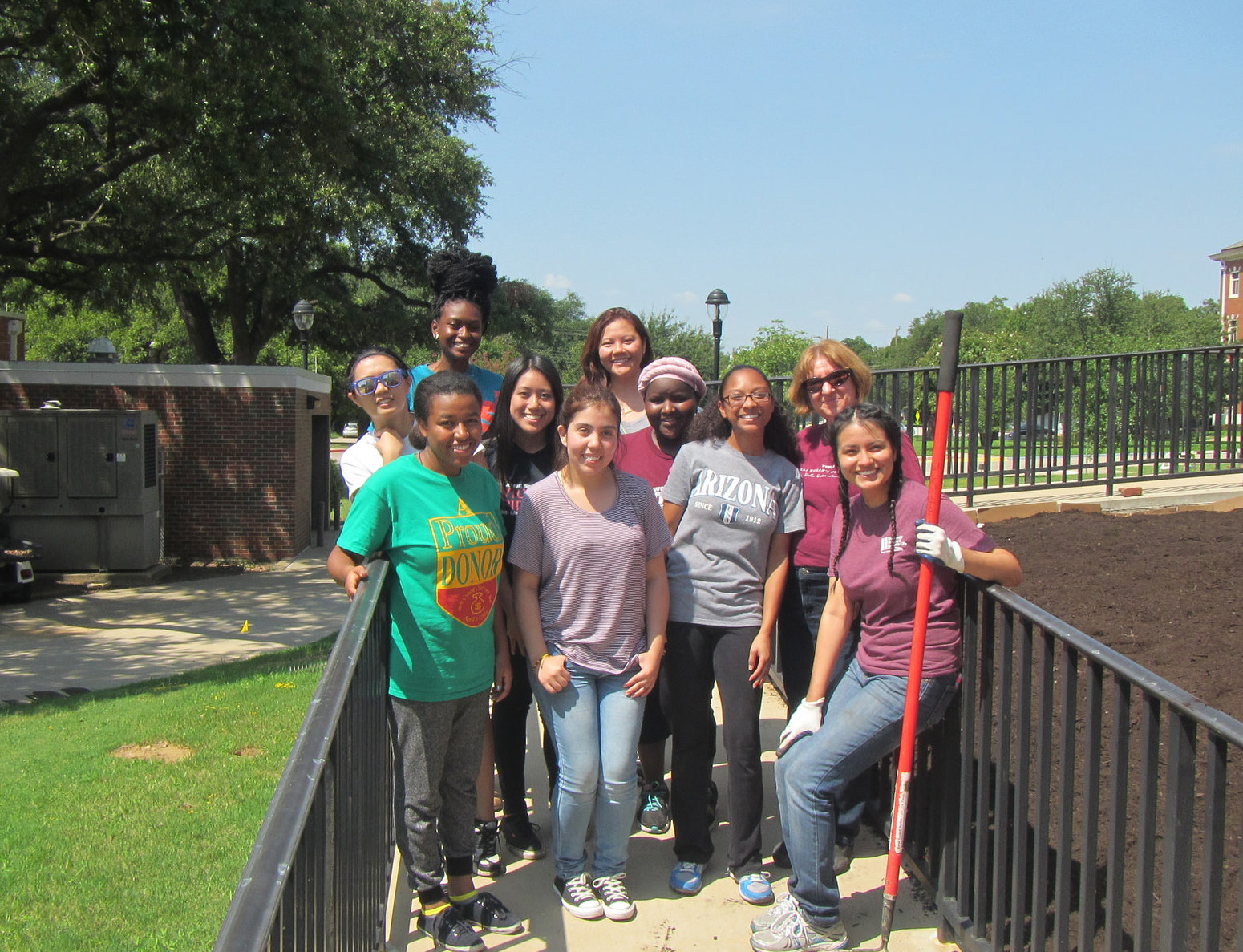

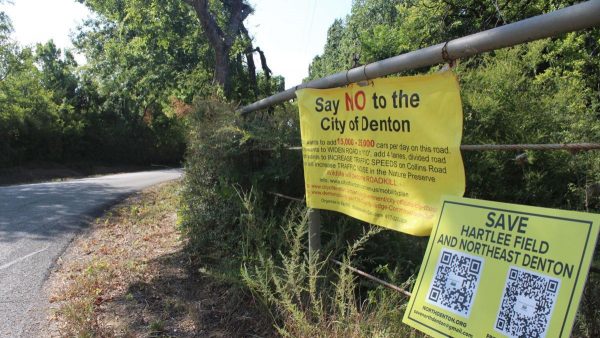
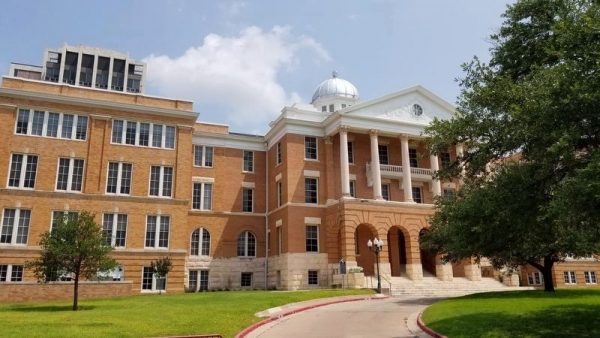

Be First to Comment